Allen-Heath ZED-6FX Bruksanvisning
Allen-Heath
blandningskonsoler
ZED-6FX
Läs gratis den bruksanvisning för Allen-Heath ZED-6FX (2 sidor) i kategorin blandningskonsoler. Guiden har ansetts hjälpsam av 13 personer och har ett genomsnittsbetyg på 4.1 stjärnor baserat på 7 recensioner. Har du en fråga om Allen-Heath ZED-6FX eller vill du ställa frågor till andra användare av produkten? Ställ en fråga
Sida 1/2
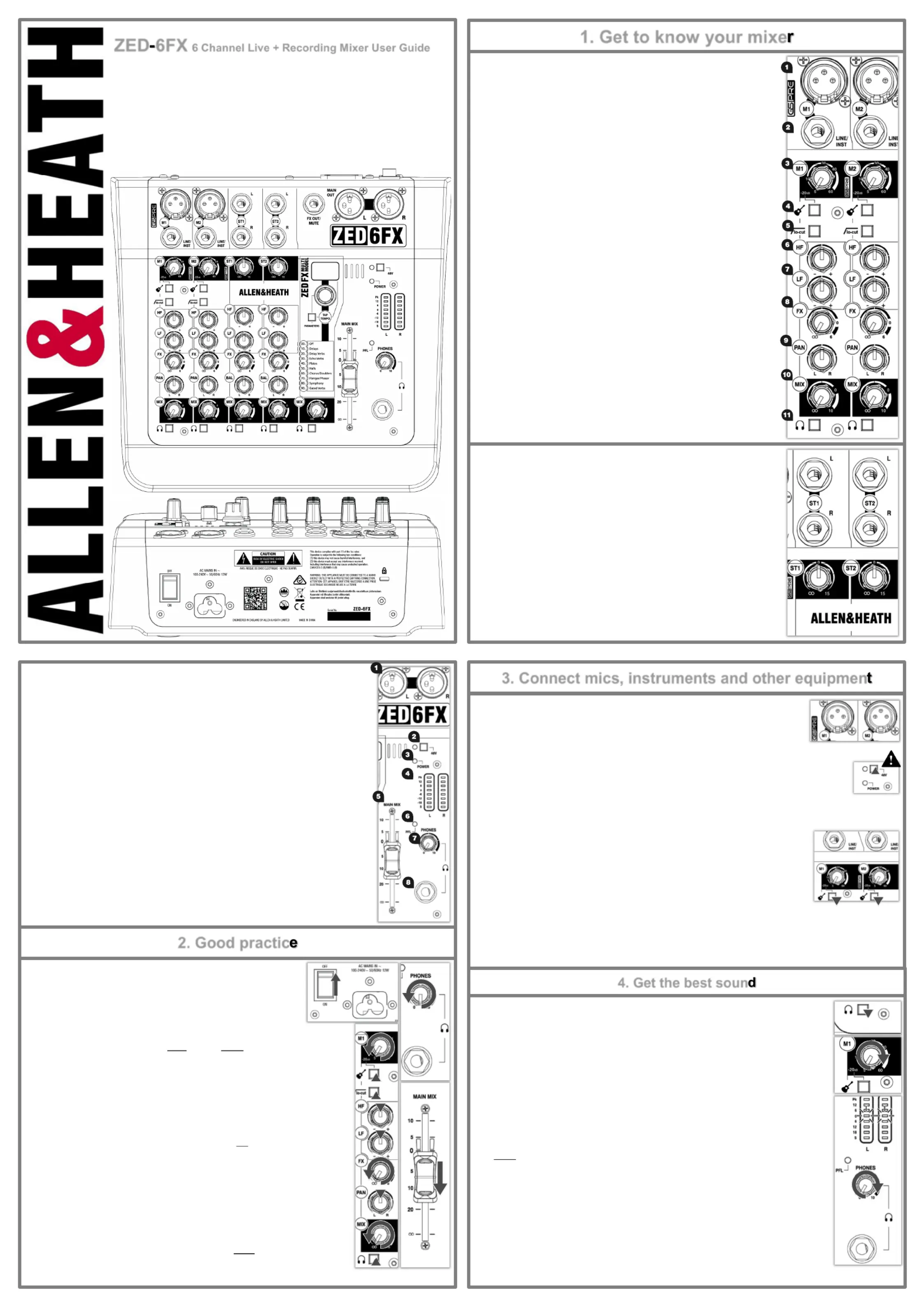
ZED 6FX 6 Channel Live + Recording Mixer User Guide
Thank you for purchasing this Allen & Heath ZED 6FX. -
We recommend that you read all of this user guide to get the best from your mixer and after
reading, please keep this safe for future reference.
Included in this package is:
ZED 6FX Mixer -
IEC C5 Mains Power Cable. Please check correct mains plug is fitted for your country.
This User Guide!
1. Get to know your mixe
1.1 MONO INPUT CHANNELS (M)
1. Mic Input Socket uses a standard 3 Pin XLR socket for connecting dynamic or -
condenser microphones.
2. Line / Inst Input Socket uses a standard 1/4” (6.25mm) Jack socket for
connecting balanced or unbalanced signals such as guitars and other instruments.
3. Gain Control adjusts the gain of the input preamplifier to drive the source
signal level. Gain ranges from 5dB to 60dB.
4. Instrument Line / Inst input activates the circuit for electro acoustic and -
electric guitars, basses and other Direct Input instruments. When activated the
Mic Input Socket is disabled.
5. lo-cut (Hi Pass Filter) is used for reducing Low Frequency noise such as handling -
noise, popping, rumble and proximity effect in microphone signals.
6. HF EQ (High Frequency) equaliser affects treble frequencies in the signal for
adding “brightness” and “definition” or for reducing “hiss” and “harshness”.
7. LF EQ (Low Frequency) equaliser affects bass frequencies in the signal to
cover “boom” and “sub bass” frequencies.-
8. FX send controls the amount of signal sent from the channel to the FX buss
and the . The signal is post fader ( ) which means it’s affected by the FX OUT -MIX
channel control so it stays in proportion to the signal going to the MIX MAIN MIX.
There is no master level control for the .FX OUT
9. PAN adjusts signal from a mono input channel between the left and right
busses and subsequently the main outputs.
10. MIX rotary fader controls the amount of signal to the left and right busses.
11. -Pre Fade Listen (PFL) switches the channel input signal to the headphones
for checking before adding it to Mix. The signal is taken after the but PFL EQ
before the control. MIX
The LR Meters display the channel input level when the PFL switch is activated.
1.3 MASTER SECTION
1. MAIN OUT L & R are line level outputs for the main stereo mix using standard XLR output
connectors and are impedance balanced for rejection of unwanted interference.
2. 48V switches industry standard 48V (phantom power) to all the microphone inputs for use
with condenser microphones and active D.I. boxes requiring +48V.
3. POWER LED indicates that the mixer is switched on.
4. LR Meters MAIN MIX PFL display the level of the or the mono signal if activated by any of
the PFL switches.
5. MAIN MIX fader is the master volume control for the main stereo mix.
6. -PFL (Pre Fade Listen) LED PFL indicates when a switch has been pressed on one of the
channels.
7. PHONES level PHONES output controls the volume of signal to the .
Warning! To avoid damage to your hearing do not operate headphones or sound system
at excessively high volume. Continued exposure to high volume sound can cause frequency
selective or wide range hearing loss!
!
8. PHONES output uses a standard 1/4” (6.25mm) jack socket.
1.2 STEREO INPUT CHANNELS (ST)
ST1 ST2 Inputsand use standard 1/4” (6.25mm) Jack sockets for balanced or
unbalanced line level stereo sources such as professional keyboards, drum ma-
chines and other pro audio equipment.
ST1 ST2 Gain Control and adjusts the input level to the channel.
HF LF EQ ST1 ST2 M2 and are the same for & as they are for M1 & and are set at
the same frequencies.
BAL adjusts the relative level between the left and right stereo signals as they
are sent to the left and right busses and subsequently the main outputs.
2.1 “Zeroing”
It’s good practice to “zero” your mixer and turn down relevant channels before
connecting any devices as this prevents potential damage to speakers or other
equipment.
Follow these steps to make sure you’re safe and you avoid thumps and bangs
when plugging equipment in.
Speakers should always be switched ON LAST OFF FIRST!and
1. Make sure the power switch on the rear of the mixer is set to “ ”OFF
2. Connect the AC Mains Lead provided to the AC MAINS IN socket on the rear of the
mixer.
Check that the correct mains plug is fitted for your country and plug the AC Mains Lead
into a standard household mains socket.
3. Turn channel Gain controls all the way down (left).
4. Make sure Instrument, HPF PFL 48V , and switches are not pressed in.
5. Set all channel EQ and PAN controls to the centre position marked “▼”
6. Turn all FX send, AUX send MIX and controls all the way down (left).
7. Lower the MAIN MIX fader to “∞”.
8. Turn down the PHONES level.
9. Double check speakers or amplifiers are switched off!
10. Connect speakers, instruments and other equipment.
11. Switch on instruments and other equipment, then mixer, speakers ! THEN
Speaker or amp volumes should be set according to manufacturer guidelines. !
2. Good practic
3.1 Connecting Microphones
Dynamic or condenser microphones and DI boxes should be connected to the Mic Input Socket
using a balanced XLR Microphone cable.
If you‘re using a condenser microphone, it will require Phantom Power to work.48V
Some active DI boxes may also require phantom power.
Avoid ‘hot plugging’ when connecting any equipment and make sure AUX MASTER MAIN MIXand controls
are turned down before is switched on as this as may cause loud thumps and bangs! 48V
3.2 Connecting Instruments and Line Level Equipment-
High Impedance (Hi Z) instruments such as electro acoustic guitars, basses and other Direct - - -
Input instruments should be connected to Line / Inst Inputs on channels M1 & M2 using a jack to
jack instrument cable, and do not require an additional DI box or preamp.
The Instrument switch must be activated to match extremely high impedance signals (10MΩ)
from instrument pickups.
Line level instruments such as keyboards, synthesizers, drum machines or equipment such as
external effect processors can be connected to Line / Inst Inputs on channels and M1 & M2,
LINE inputs on M3 & M4 for mono sources or for stereo sources. ST1 & ST2
For channels the switch must be activated.M3 & M4 LINE/PAD
Follow the application examples in Section 7. for connecting devices to relevant input and outputs.
4.1 Gain Structure
1. Once you’ve connected your instruments and equipment you will need to set input levels before
you can mix the signals together.
2. Gain structure is important to get the maximum signal level without undesirable distortion.
Setting gain properly helps to optimise signal quality and ensure that the signal to noise ratio
remains as low as possible.
3. If you‘re using a microphone make sure the mic is placed at an appropriate distance to the sound
source. (Close for quiet sources, further away for louder).
4. Press the switch on the corresponding channel. This will allow you to hear the pre fader PFL -
input signal and will show the signal level on the LR Meters.
5. Sing, talk or play your instrument at a typical level of loudness.
6. Slowly raise the Gain Control on the corresponding channel until you see a good signal level in
the LR Meters 0. Maximum peaks between “ ” and “+6” on the meters are a good indicator.
7. Connect professional monitoring headphones to the Phones and turn up the output
PHONES level to a safe listening volume.!
8. If the signal sounds undesirably distorted at a low signal level, enable any pad switch on the
microphone, or move the microphone further away from the source and repeat the process.
Once you’re happy with the input signal level, you may wish to use (Hi pass Filter) and the lo-cut -EQ
to enhance intelligibility or to remove unwanted frequencies, and improve the tonal balance of the
source sound, so keep the channel switch enabled for now!PFL
Section 4. continued overleaf...
4. Get the best soun
3. Connect mics, instruments and other equipmen
Produktspecifikationer
| Varumärke: | Allen-Heath |
| Kategori: | blandningskonsoler |
| Modell: | ZED-6FX |
| Vikt: | 1360 g |
| Bredd: | 249 mm |
| Djup: | 236.4 mm |
| Höjd: | 88.9 mm |
| Rackmontering: | Nej |
| Antal kanaler: | 6 kanaler |
| XLR ut: | 2 |
| Produktens färg: | Black, Grey |
| Hörlursutgång: | Ja |
| Hörlursanslutning: | 6,3 mm |
| Equalizer: | Ja |
| XLR-ingång: | Ja |
| Videofunktionalitet: | Nej |
| Equalizer tonkontroller: | 2 |
| Digital ljudbehandling: | - bit |
| DJ-mixer: | Nej |
Behöver du hjälp?
Om du behöver hjälp med Allen-Heath ZED-6FX ställ en fråga nedan och andra användare kommer att svara dig
blandningskonsoler Allen-Heath Manualer

13 Augusti 2025
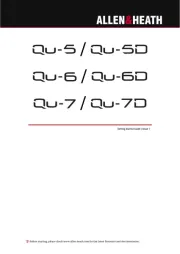
12 Augusti 2025

12 Augusti 2025
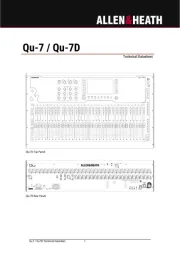
12 Augusti 2025

12 Augusti 2025
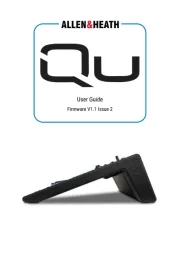
12 Augusti 2025

4 Augusti 2025
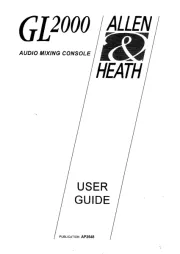
4 Augusti 2025

4 Augusti 2025
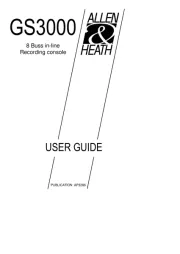
4 Augusti 2025
blandningskonsoler Manualer
- Stirling
- Ashly
- Concept
- DataVideo
- Icon
- Unold
- Rockville
- Scarlett
- Power Dynamics
- Vonyx
- Karma
- DS18
- CAD Audio
- Skytec
- Swissonic
Nyaste blandningskonsoler Manualer

21 Oktober 2025

12 Oktober 2025
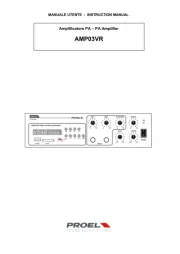
11 Oktober 2025
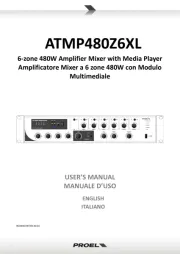
11 Oktober 2025

11 Oktober 2025

11 Oktober 2025
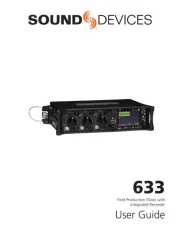
9 Oktober 2025
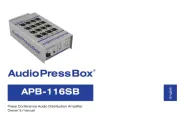
7 Oktober 2025
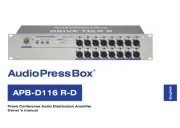
7 Oktober 2025

7 Oktober 2025